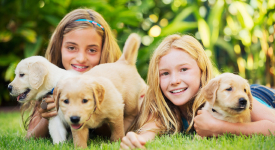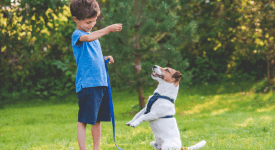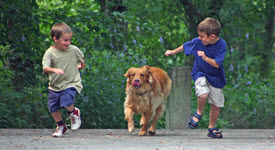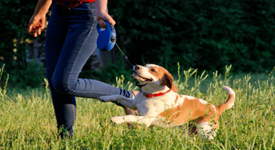Dog Behavior Modification
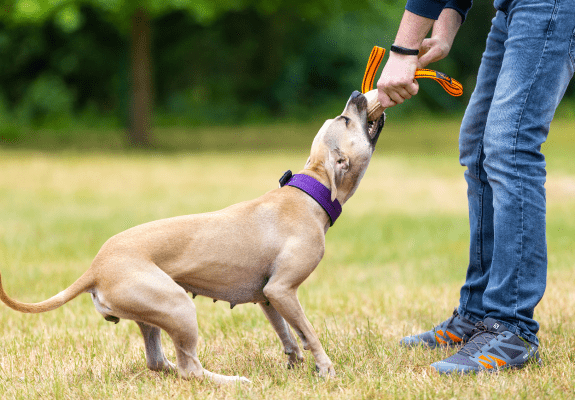
Behavior modification of dogs
Behavior modification entails modifying a dog or puppy’s behavior for the purpose of increasing or decreasing the behavior of interest. For example, getting your dog or puppy to sit faster, or getting your dog to stop growling at people as they are coming into your home.
Unlike dog obedience training, which is utilized for training a dog to perform specific actions when asked, behavior modification looks to change a dog’s reaction to a situation (with people, other animals, and so on).
Examples of behavior that requires behavior modification are:
- Excessive barking
- Submissive peeing
- Separation anxiety
- Jumping on people
- Chewing on and destroying objects
- Making a mess around the home
- Any kind of dog aggression behavior including biting
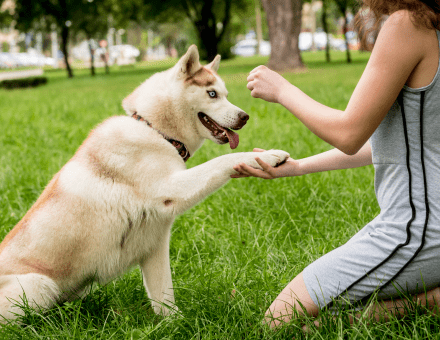
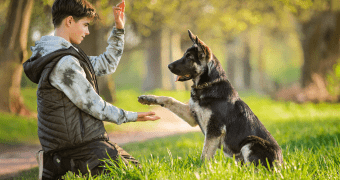
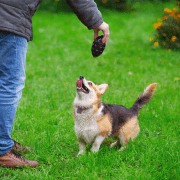
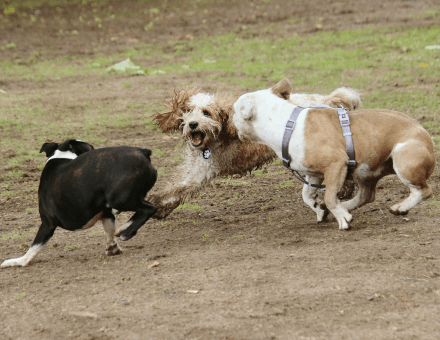
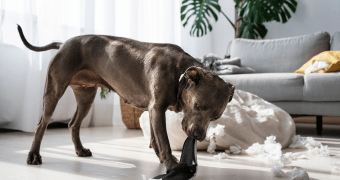
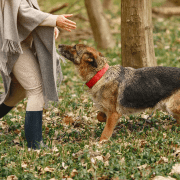
Positive Reinforcement
One way to modify behavior is by using positive reinforcement. This method tends to work quickly and is my preferred method to modify a behavior. Positive reinforcement involves offering a reward for positive behaviors to encourage your dog to keep doing them.
In most cases, positive reinforcement works very well. In cases where positive reinforcement doesn’t work, I will show you how to handle those, so we successfully gain the desired behavior(s).
Key benefits
Healthy communication
Open up healthy communication with your dog and develop the leader-follower relationship.
A well-balanced and happy dog
Get your dog back to a balanced state to help your dog relax
Changing the focal point
You can’t change the environment. Instead, modify an undesired behavior by changing the dog’s focal point.
Dog walks
Dog walks become safer and more enjoyable
Dog learns to trust its owner’s decisions
Your dog will follow you and not try to do its own thing
Dog is a loved member of the family
The dog is integrated into your family, ensuring your dog is a loved member of the family.
Lifetime dog training guarantee
Training you how to train your dog is a crucial element of your dog’s training. Even the strongest of “owners-trainers” need support from time to time. Knowing that you have me to support you over the life of your dog is a reassuring asset.
Aggressive Dog Training
Aggressive dog training falls into behavior modification. Aggressive dog behavior includes:
- Aggression toward people
- Aggression toward kids or young children
- Aggression toward other dogs or animals such as cats
- Combination of both aggression toward people and other dogs
Many of the dogs that Gary works to correct behaviors for are aggressive dogs.
Learn more about dog aggression and how to better handle it.
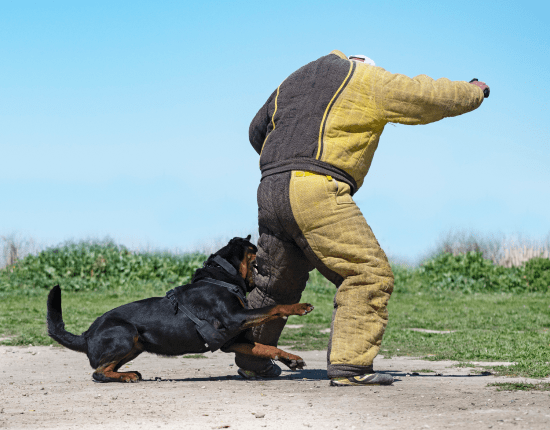
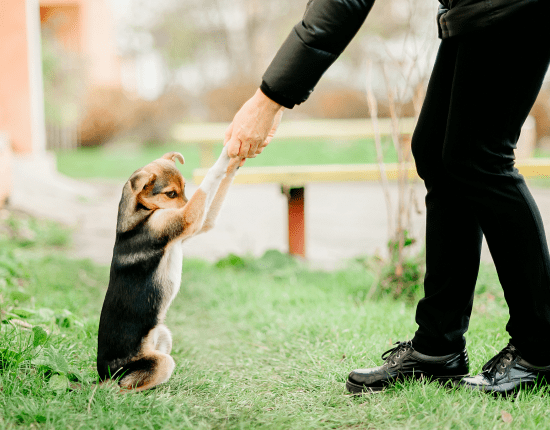
Intervening with Aggressive Puppies
Just as important for a puppy’s development and socialization, is working with your puppy to eliminate its fears and phobias. As young puppies are developing, they go through a lot of stressors as well as a fear period between 14 to 16 weeks of age.
If a puppy’s fears aren’t dealt with, it can become aggressive. Gary works with puppy owners to address this through his effective and custom-tailored puppy development training programs.
Contact With Gary
If you are dealing with an aggressive dog or a dog with a history of biting, please contact Gary. Rest assured, he can help
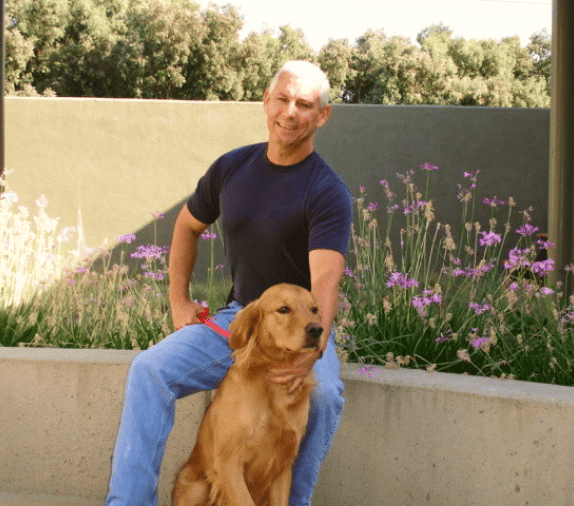
Related Articles:
Establish engagement with your dog
Hear from our clients

 We worked with Gary Maria for six weeks to help our 3-year-old rescue, Giorgi, who struggles with fear and anxiety. Honestly, Gary was incredible. From day one, it was clear he knows his stuff and loves what he does. A lot of the time, Giorgi was too overwhelmed to participate. On day 1, Giorgi hid under a table the whole session. But that's ok because Gary was really training us. By the last session, Giorgi was walking around, watching other dogs and people walk by, and still listening to commands. Gary taught us how to help Giorgi feel safe, calm him down when he's stressed, and build trust. We've already seen such a difference at home. Gary is knowledgeable, patient, direct (in the best way), funny, and available when you have questions. He celebrated every little win with us! You can tell he truly cares about the dogs he works with. We still have more work to do, but thanks to Gary, we know how to keep moving forward. If you have a dog with anxiety or fear, seriously, go to Gary. He's the real deal.
We worked with Gary Maria for six weeks to help our 3-year-old rescue, Giorgi, who struggles with fear and anxiety. Honestly, Gary was incredible. From day one, it was clear he knows his stuff and loves what he does. A lot of the time, Giorgi was too overwhelmed to participate. On day 1, Giorgi hid under a table the whole session. But that's ok because Gary was really training us. By the last session, Giorgi was walking around, watching other dogs and people walk by, and still listening to commands. Gary taught us how to help Giorgi feel safe, calm him down when he's stressed, and build trust. We've already seen such a difference at home. Gary is knowledgeable, patient, direct (in the best way), funny, and available when you have questions. He celebrated every little win with us! You can tell he truly cares about the dogs he works with. We still have more work to do, but thanks to Gary, we know how to keep moving forward. If you have a dog with anxiety or fear, seriously, go to Gary. He's the real deal. 


 Gary Maria is amazing! We found our mini-schnoodle at the Dublin SPCA, took him home and promptly named him Spencer Theodore! He is a sweet little guy (so good with kids and most other dogs) who came to us with fear of isolation and overall stress. Gary taught us exactly what to do to make Spence feel safe and protected. Gary's lessons have led to Spence becoming so much more calm and confident. He is just a joy of a pup and we give Gary so much credit for guiding us all. Thank you Gary!
Gary Maria is amazing! We found our mini-schnoodle at the Dublin SPCA, took him home and promptly named him Spencer Theodore! He is a sweet little guy (so good with kids and most other dogs) who came to us with fear of isolation and overall stress. Gary taught us exactly what to do to make Spence feel safe and protected. Gary's lessons have led to Spence becoming so much more calm and confident. He is just a joy of a pup and we give Gary so much credit for guiding us all. Thank you Gary! 


 Gary is an incredible trainer. Not only does Gary train your dog with fundamental steps, he also trains owners to behave in ways that show you are the pack leader and that you have you dogs best interests and protection at heart. Then training your dogs becomes even easier. I would highly recommend his services. He is a master trainer and he truly loves dogs
Gary is an incredible trainer. Not only does Gary train your dog with fundamental steps, he also trains owners to behave in ways that show you are the pack leader and that you have you dogs best interests and protection at heart. Then training your dogs becomes even easier. I would highly recommend his services. He is a master trainer and he truly loves dogs 

Ensuring your dog is a loved member of your family
Gary Maria is one of the most sought after and experienced dog behavior specialists in the Bay Area and is recognized as an expert in the field.
Since 1977, Gary has improved the behavior of thousands of dogs using his combination of proven techniques.
